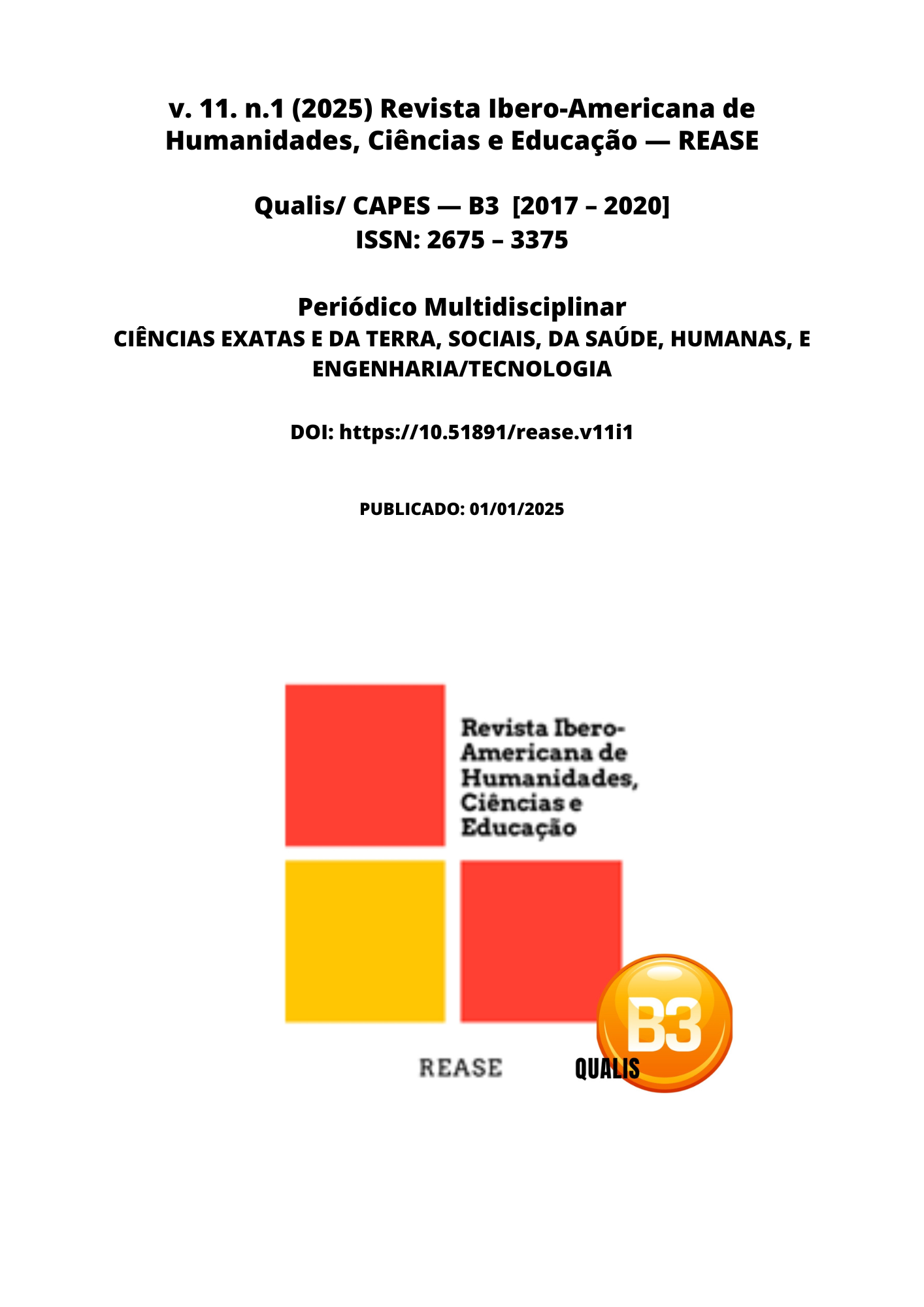EPIDEMIOLOGICAL PROFILE OF MATERNAL DUE TO POSTPARTUM HEMORRHAGE IN BRAZIL FROM 2018 TO 2022
DOI:
https://doi.org/10.51891/rease.v11i1.17819Keywords:
Postpartum hemorrhage. Obstetric complications. Maternal mortality. Postpartum bleeding.Abstract
This article sought to analyze the epidemiological profile of PPH maternal mortality in Brazil between 2018 and 2022. Postpartum Hemorrhage (PPH) is one of the main causes of preventable maternal death, contributing to approximately 25% of maternal deaths worldwide. The descriptive and quantitative research used data from the SUS Mortality Information System (SIM), totaling 554 cases. The results revealed a higher incidence of deaths among women aged 30 to 39 years, with a prevalence in hospital environments (93.86%). The Southeast region recorded the highest number of cases (33.39%), followed by the Northeast (28.70%). Education also stood out, with the majority of victims having less than 12 years of education. The persistent maternal mortality rates highlight the urgent need for investments in structural improvements in healthcare services, continuous training of medical teams, and the rigorous implementation of clinical protocols aimed at preventing postpartum hemorrhage. This study contributes to the understanding of PPH in Brazil and highlights the importance of targeted interventions to reduce these preventable deaths.
Downloads
Downloads
Published
How to Cite
Issue
Section
Categories
License
Atribuição CC BY

